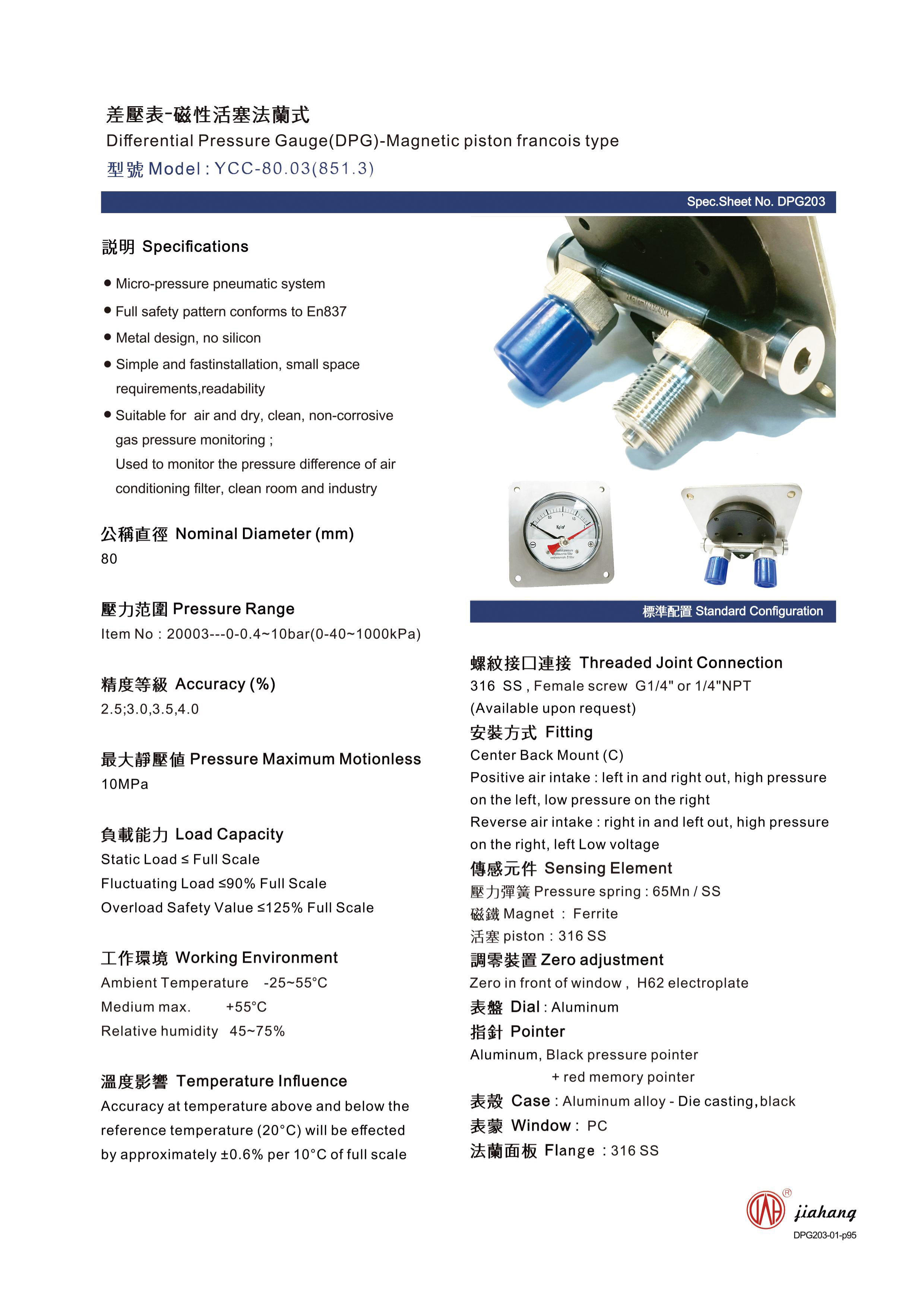
jul . 28, 2024 10:31 Back to list
Understanding the Importance of Fire Pressure Gauges in Ensuring Safety and Compliance Standards
Understanding Fire Pressure Gauges Importance and Applications
Fire safety is a critical aspect of building design and maintenance, serving to protect lives and property in the event of a fire. One of the essential components in fire safety systems is the fire pressure gauge. This device plays a crucial role in monitoring and maintaining the pressure within fire protection systems, ensuring that they operate effectively when needed.
A fire pressure gauge is generally installed in the fire protection piping system, particularly in sprinkler systems and standpipe systems. These gauges measure the pressure of the water in the system, giving the fire safety personnel essential information on whether the system can deliver the necessary flow and pressure during a fire emergency.
Importance of Fire Pressure Gauges
The primary importance of a fire pressure gauge lies in its ability to provide real-time data about the water pressure in fire suppression systems. Proper water pressure is vital for effective fire response; if the pressure is too low, the sprinkler system may not activate as designed, leading to potentially disastrous consequences. Conversely, excessively high pressure can damage the system, potentially causing leaks or malfunctions.
Moreover, regular monitoring of fire pressure gauges can help in identifying issues before they escalate into serious problems. For example, a sudden drop in pressure could indicate a leak somewhere in the system, necessitating immediate investigation and repair. This proactive approach can save time and resources and more importantly, can save lives.
Applications in Fire Safety Systems
Fire pressure gauges are found in various fire protection systems, including wet and dry sprinkler systems, standpipe systems, and fire hydrants. In wet sprinkler systems, which are filled with water at all times, gauges help ensure that adequate pressure is maintained to guarantee proper activation of sprinklers during a fire event.
fire pressure gauge

In dry systems, which rely on compressed air to hold back water until a sprinkler head is activated, pressure gauges display the pressure of the nitrogen or air used to keep the system dry. Monitoring this pressure is crucial because a drop could signify a problem that needs urgent attention.
In standpipe systems, which provide water for firefighters to use, pressure gauges are essential for ensuring the system can deliver water at the required pressure for firefighting operations. This is particularly important in high-rise buildings where the elevation can significantly impact water pressure.
Maintenance and Compliance
To ensure fire pressure gauges function reliably, regular maintenance and testing are vital. Most fire safety regulations require that these gauges are inspected and tested periodically. It is essential that any damaged or malfunctioning gauges are replaced immediately to ensure compliance with fire safety standards.
In addition to inspecting the gauges themselves, the entire fire protection system should be tested regularly to verify that it operates at the appropriate pressure levels. This testing not only fulfills legal obligations but also reassures building occupants and owners that safety measures are in place and functioning correctly.
Conclusion
In summary, fire pressure gauges are indispensable components of effective fire protection systems. They provide critical data that informs fire safety strategies and helps ensure that systems operate effectively during emergencies. Regular maintenance and compliance with safety regulations safeguard not only the infrastructure but also the lives of those who inhabit and work within these spaces. Investing in proper fire pressure gauge monitoring and maintenance is a fundamental aspect of responsible fire safety management.
-
Micro Differential Pressure Gauges High-Precision & Compact Solutions
NewsMay.20,2025
-
Pressure Gauges with Diaphragm Seals High-Accuracy & Corrosion-Resistant
NewsMay.20,2025
-
Capillary Type Differential Pressure Gauge Precision Measurement Solutions
NewsMay.19,2025
-
Diaphragm Seal Pressure Gauges High Accuracy & Corrosion Resistance
NewsMay.19,2025
-
Pressure Gauge with Diaphragm Seal & Manifold Reliable Industrial Solutions
NewsMay.18,2025
-
Digital Differential Pressure Gauge Price Precision Sensors & Best Deals
NewsMay.18,2025
